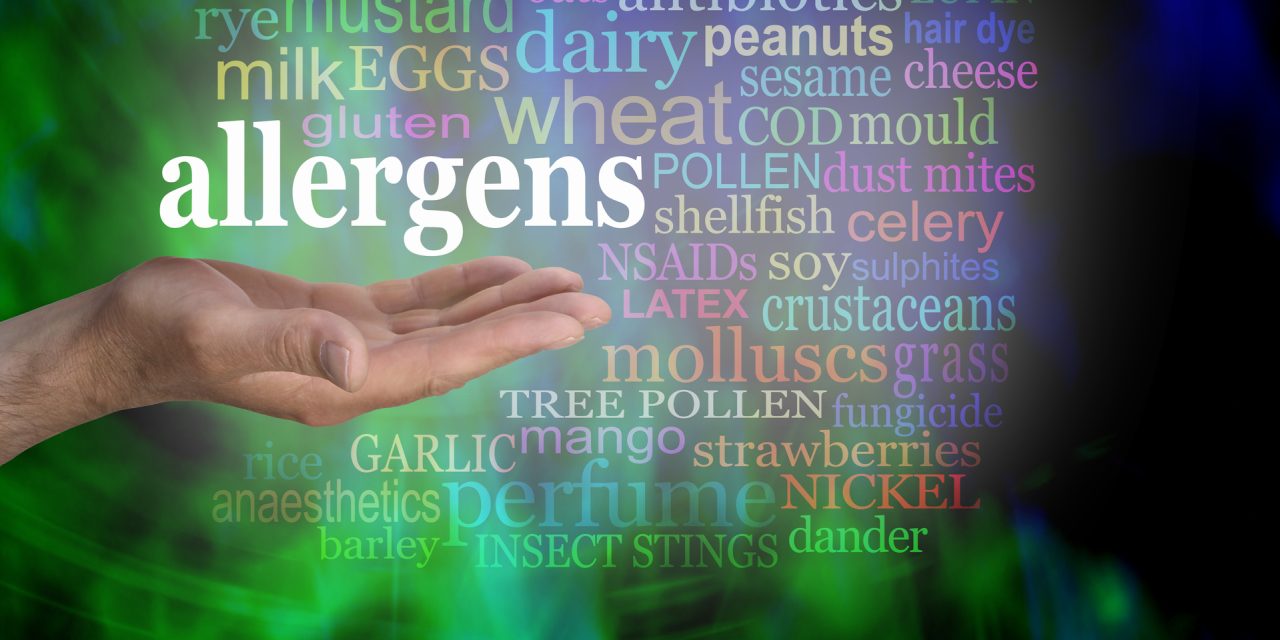Congenital cytomegalovirus (CMV) contamination may happen as an outcome of essential or non primary maternal disease during pregnancy (1). Postnatal CMV disease may create in up to 40% of babies who are taken care of bosom milk for ≥1 month by a CMV-seropositive mother (1). Further spread of CMV may result from youngster to-kid transmission in the family unit or day care focus.
In the 2011–2012 National Health and Nutrition Examination Survey (NHANES), by and large CMV IgG seroprevalence among U.S. kids 1 to 5 years old was 21%, with a huge increment among the individuals who were 5 years of age (31%) contrasted with the individuals who were 1 year old (12%) (3). CMV seroprevalence was essentially higher among non-Hispanic dark (25%) and Hispanic (31%) youngsters than among non-Hispanic white kids (11%) and among kids living beneath versus at or over the destitution line (31% versus 15%) (3). Here, we portray extra outcomes for the historical backdrop of breastfeeding and number of family unit kids ≤5 years old. NHANES, a broadly agent cross-sectional review of the non military personnel noninstitutionalized U.S. populace (4), included CMV counter acting agent testing for 699 (62%) of the 1,135 kids who were 1 to 5 years of age analyzed in 2011 to 2012. To evaluate autonomous indicators of CMV IgG seroprevalence, we rehashed the examination as portrayed in the past report (3) and played out extra strategic relapse displaying on 636 kids with complete information (out of the 682 kids in the review brought into the world in the 50 U.S. states and the District of Columbia). We played out all investigations utilizing SUDAAN form 9.0 (Research Triangle Institute, Research Triangle Park, NC); results for which the P esteem was <0.05 were considered measurably critical. Hence this discoveries and ends in this examination are those of the creators and don’t really address the authority position of the Centers for Disease Control and Prevention.
Reference link- https://cvi.asm.org/content/24/11/e00243-17


